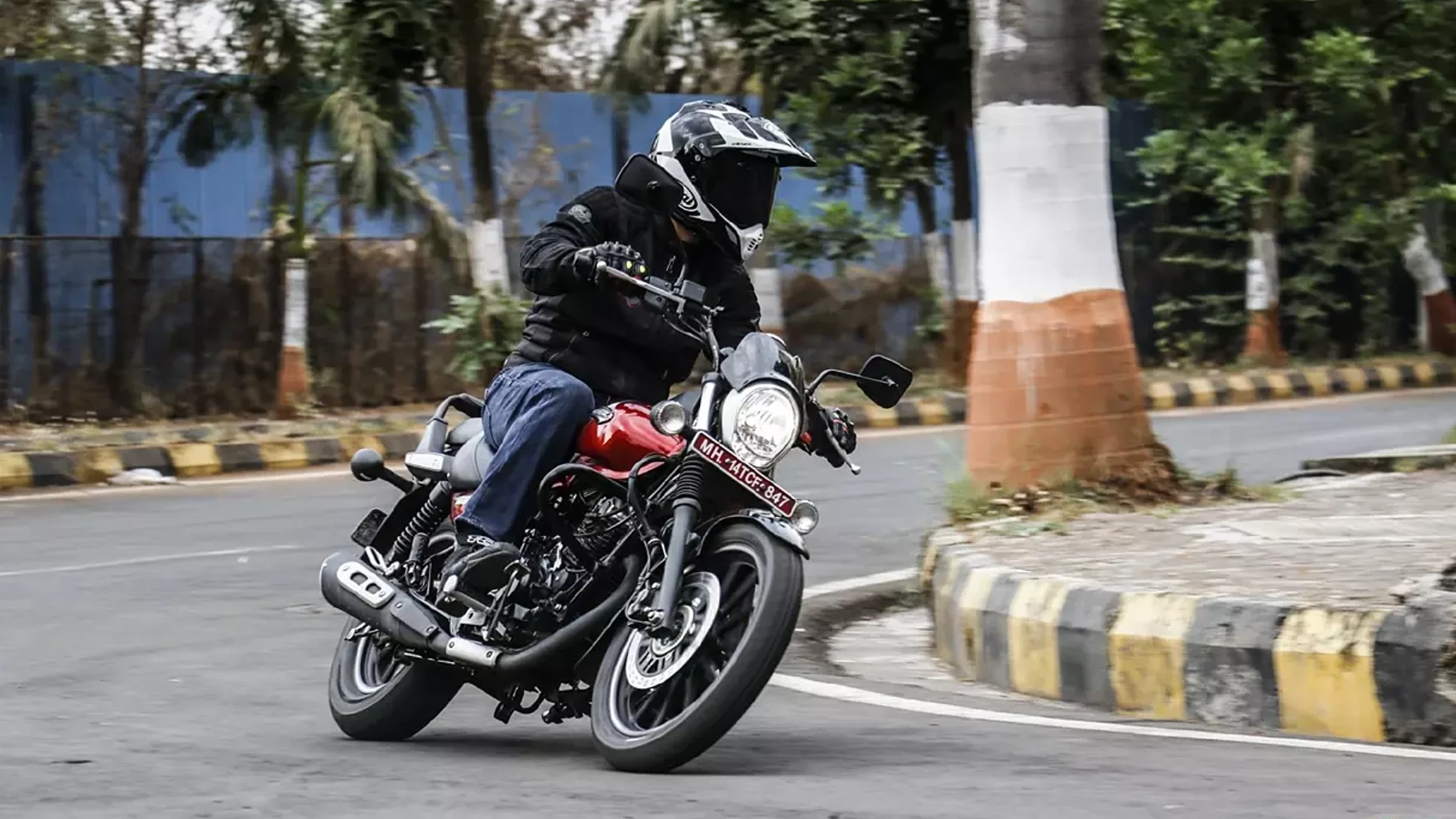Two-wheelers hold a special place in our lives; they are easy to use, affordable, and easy to maintain. Several of us commute on a regular basis on our two-wheelers. Due to the importance of our vehicles, it is only natural that we want to ensure their safety. Insurance is one of the best ways to protect our two-wheelers.
You might have wondered at some point, if you own a two-wheeler and have motor insurance, what factors affect the cost of the coverage. We’ll now take a look at the main factors that influence the cost of our two-wheeler insurance.
The type of two-wheeler
A two-wheeler’s price is determined by its features, specifications, make, and model. Because insurance covers the cost of the two-wheeler, the insurance premium is directly proportional to the cost of the vehicle. Thus, the premium of a two-wheeler costing Rs 85,000 will be lower than the premium of a vehicle costing Rs 1,25000.
Another important element that impacts the cost of insurance is the cubic capacity (CC) of the vehicle. The CC of a two-wheeler reflects the power output of its engine. Compared to a 350 cc bike, a 75 cc bike will command a lower premium. For calculating a third-party premium that is a mandatory insurance requirement, the insurance regulator has defined slab rates based on the cubic capacity of the vehicle.
The third-party premium for an electric 2W is now based on the KW parameter of the vehicle (instead of the CC).
Age of the two-wheeler and insured declared value (IDV)
As you have probably noticed, your insurer asks for the age of the vehicle when you fill in the proposal form or fill in the details on their online portal. As a result, the older the vehicle, the lower the value and, therefore, the lower the premium. A two-wheeler’s value also depreciates with time; the older the vehicle, the greater the rate of depreciation. The rate of depreciation for two-wheelers begins at 5 percent for a vehicle under 6 months old, and increases to 50 percent for a vehicle older than five years.
An insured vehicle value (IDV) is the maximum amount your insurer will pay for complete damage or theft to your vehicle. IDV is calculated each year during the renewal, based on the depreciation value. Over the years, as the value of your vehicle depreciates, the IDV decreases. It is the IDV which determines the premium calculation, since it represents the value of the vehicle.
Type of coverage
There are two types of coverage available: Third Party (TP) cover and Comprehensive cover. In order to drive a vehicle on the road, you must have TP coverage. TP coverage protects you from third party liability, which could arise if a third party incurs a financial loss due to your vehicle. A TP policy does not extend coverage to your vehicle, for this you need a comprehensive policy.
A comprehensive policy protects your vehicle from natural calamities such as hailstorms, earthquakes, floods, inundation, hurricanes, landslides, and rockslides. Besides natural disasters, it also covers man-made disasters such as riots, accidents, and thefts. Comprehensive policies are more expensive than TP-only policies because they offer a broader level of protection.
The best way to ensure your vehicle is fully protected is to choose a comprehensive cover. In the event that an unforeseen event occurs, the cost of insurance is lower than the amount of loss.
No claims bonus (NCB)
Every claim-free year, your insurer grants you NCB. NCB is a reward you receive for good driving behavior. As per predetermined slabs, the discount begins with 20 percent after the first claim-free year and goes up to a maximum of 50 percent after five consecutive claim-free years. The NCB can significantly reduce your motor insurance premiums.
Add-on covers
An add-on will help you strengthen the protection of your vehicle and allow you to customize your cover. Each add-on offers a unique feature and serves a particular purpose. There are many add-ons offered by insurance companies, including roadside assistance, zero depreciation, medical cover, and engine protection, for example. These add-on covers incur a cost and will increase your motor insurance premium. It is advisable that you pick the add-ons that suit your requirements and customize to expand your cover accordingly.
